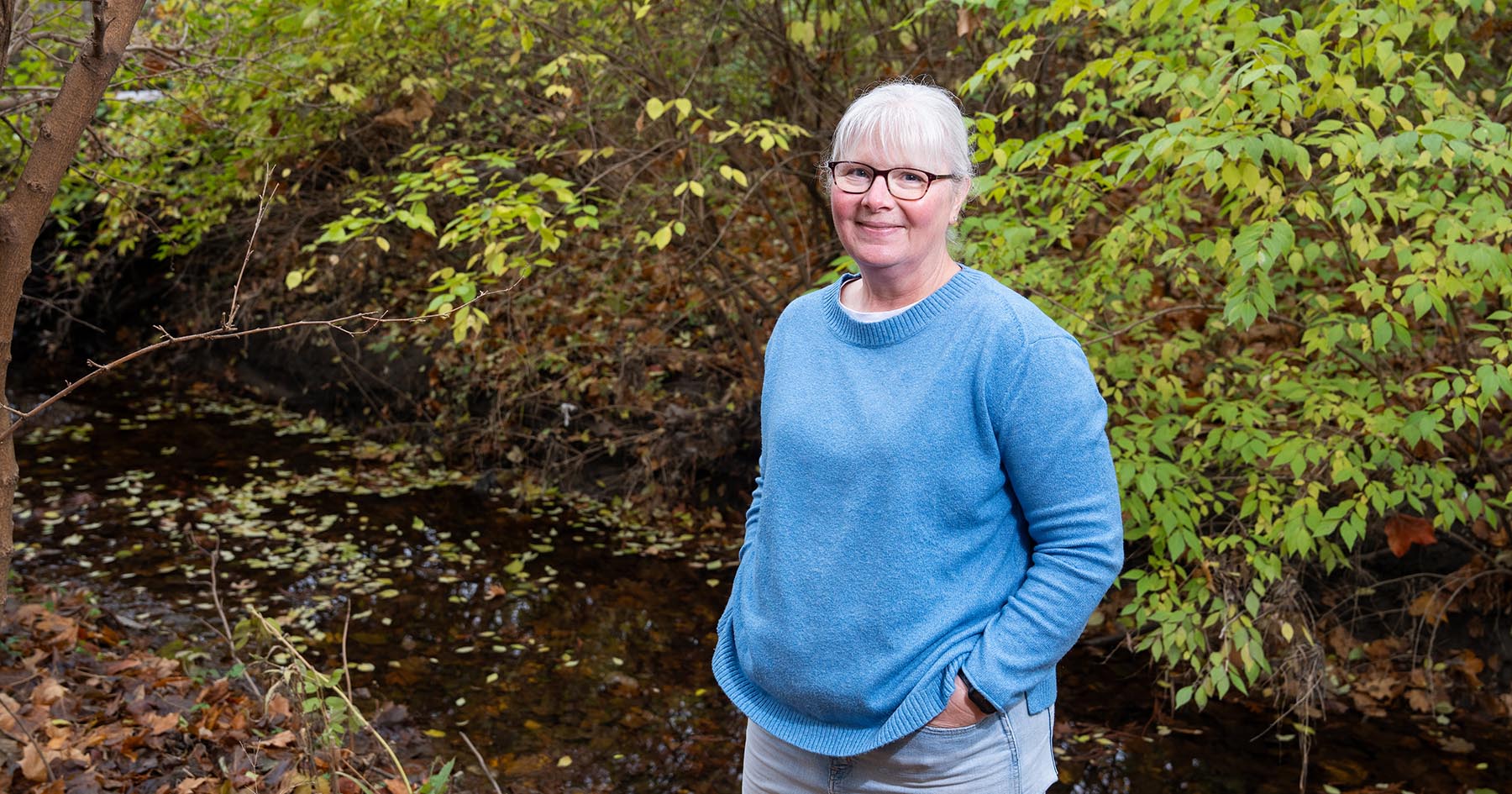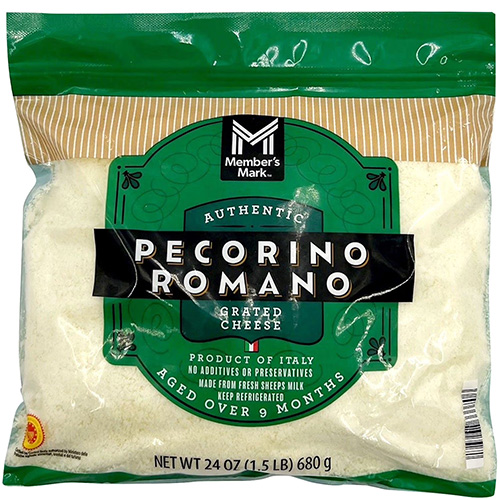What you can do this summer to reduce the spread of aquatic invasive species
In 2020, an alligator was captured in a lagoon of Chicago’s Humbolt Park. The reptile out of water was dubbed “Chance the Snapper” by Chicagoans. It was later rescued and relocated to a Florida preserve. The spectacle made national news.
Chance the Snapper is an extreme example of an aquatic invasive species (AIS), or aquatic species that are non-native and harmful to the habitat in which they are released. This umbrella term can include non-native animals, plants and pathogens that can have negative consequences for the environment and summertime activities, like angling and boating.
Chance is thought to have been released by his owner, a common pathway in which non-native species are introduced to the Great Lakes. “People are important vectors for moving invasive species from one system to another,” said Tomas Höök, director of the Illinois-Indiana Sea Grant (IISG) Program and professor of forestry and natural resources in the Purdue University College of Agriculture
The introduction of AIS can also be unintentional. Some species may attach themselves to boats floating from one body of water to another. Artificial connections, like the Chicago Sanitary and Ship Canal, can also allow non-native species to move.
Typical AIS of concern in the Great Lakes region includes zebra and quagga mussels and invasive carps like silver, bighead and grass carp. Katie O’Reilly, IISG aquatic invasive species specialist, said, “Many of these species are filter feeders – they take a lot of the plankton and nutrients out of the water, which makes the Great Lakes look cleaner, but it’s not great for the larger ecosystem.”
O’Reilly explains that when bighead and silver carp, for example, voraciously feed on plankton, they remove a key building block from the underwater food web. “By essentially cutting out that first block, it leads to a lop-sided food web,” she said.
An altered food web can result in cascading effects on other animals. It can deprive water birds, predatory birds and terrestrial animals such as racoons of a major food source. “Over time, we’ve seen the loss of important jigsaw pieces of the overall ecological puzzle. But it’s important to monitor things,” said O’Reilly. “Changes in environmental conditions like the Great Lakes’ water levels and the climate can both facilitate invasions or reduce invasive populations.”
Invasive species can also outcompete native species for food resources. This leads to a reduction in native fish species.
“Recreational fishing is huge,” said Höök. “The economic value of recreational fishing in the Great Lakes has been estimated in various ways but is often communicated as approximately seven billion dollars a year.” So not only can AIS reduce fishing and boating opportunities, but it can negatively impact the economy as well.
People can take precautions this summer to help prevent spreading AIS when enjoying the water. Boaters should clean, drain and dry all watercrafts when moving from one lake to another. O’Reilly said, “Make sure there is no visible mud or plant material on the boat that can harbor tiny creatures.”
Anglers using live bait should be careful not to release it into the water. When looking to release fish or other aquatic pets, water gardeners or aquarium keepers can check to see if local pet stores or veterinarians can offer swaps or humane disposals. The Aquatic Invaders in the Marketplace website has a rehoming network.
“One thing I’ve learned is that people generally care about not spreading AIS, but they don’t understand all the pathways for invasion. Try to figure out how your recreational activities will interact with your environment and see what precautions to take. This can make it less overwhelming,” said O’Reilly.
For more information about what you can do to minimize the spread of AIS, visit the IISG website for helpful tips.





